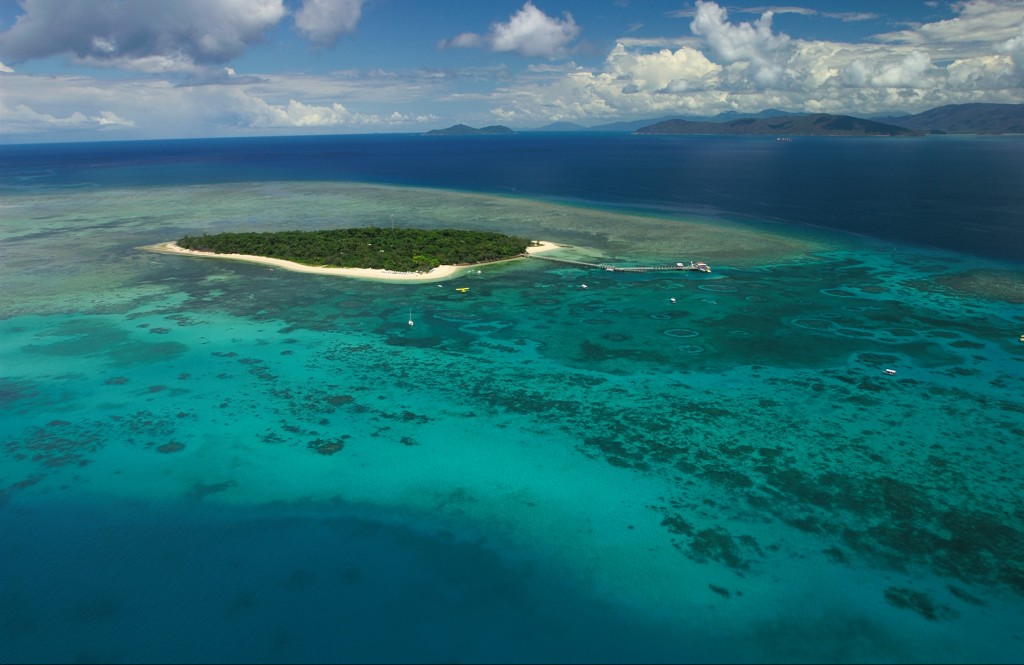The Marine Park
The Great Barrier Reef is undisputed as one of the world’s most important natural assets. It is the largest natural feature on earth stretching more than 2,300km along the northeast coast of Australia from the northern tip of Queensland to just north of Bundaberg.
The Great Barrier Reef Marine Park (GBRMP) is a series of over 2900 individual reefs, stretching from the tip of Cape York in the north to Lady Elliott Island in the south. Covering over 348 000 km^2, it comprises fringing and barrier reefs, continental islands, coral cays and 70 different bio-regions, making it the most ecologically diverse system in the world.
Although coral reefs have been around for over 500 million years, the GBR is relatively young at 500 000 years, and this most modern form is only 8000 years old, having developed after the last ice age. The GBR supports over 1500 species of fish, 400 species of coral and 4000 species of molluscs just to name a few!
The Benefits of marine tourism for the Great Barrier Reef
The Great Barrier Reef is regarded as the best managed reef system in the world. As Australia’s leading and largest reef tourism operator, Quicksilver, based in Port Douglas and Cairns Queensland, is acutely aware of the importance of looking after the marine environment and operating within this World Heritage environment brings great responsibility. The future of the company depends on the ability to operate in a sustainable way and maintaining the health of the Great Barrier Reef for future generations to enjoy.
When Quicksilver established the first permanently moored pontoon in 1983, the only requirement from GBRMPA was a half page letter outlining the plan, there were no environmental monitoring requirements. Reef Biosearch with Quicksilver’s encouragement established an environmental monitoring program at this time to ensure this new concept in reef tourism would not significantly impact the reef. Such monitoring programs became a GBRMPA requirement soon after this study was completed. Significantly, coral cover in the snorkelling and diving area adjacent to this pontoon is higher now than when it was first installed.
At each of Quicksilver’s remote dive and snorkel sites, permanent moorings have been established. This eliminates the need for our dive and snorkel vessels to use an anchor, thus protecting the corals. Codes of practice specific to our snorkelling and diving adventure tours have been developed minimising the chance of human impacts. This includes eco friendly diving and snorkelling protocols. A long term monitoring program covering all of these sites was established in 1986 and provides important information with respect to biological, environmental and anthropogenic occurrences and how these may affect the environmental health and visual amenity of these sites.
Environmental audits are undertaken internally and externally and as a Climate Action Innovator and Advanced Ecotourism accredited operator, we audit and measure our carbon footprint. Ongoing proactive responses toward sustainability and emissions reduction affect the way we purchase, operational and environmental practices.
To ensure that our reef sites are maintained in pristine condition, Best Environmental Practices are followed and codes of practice such as visitor behaviour and education, handling of animals protocol, fish feeding protocol and dive site protocol are in place.
More Articles:


